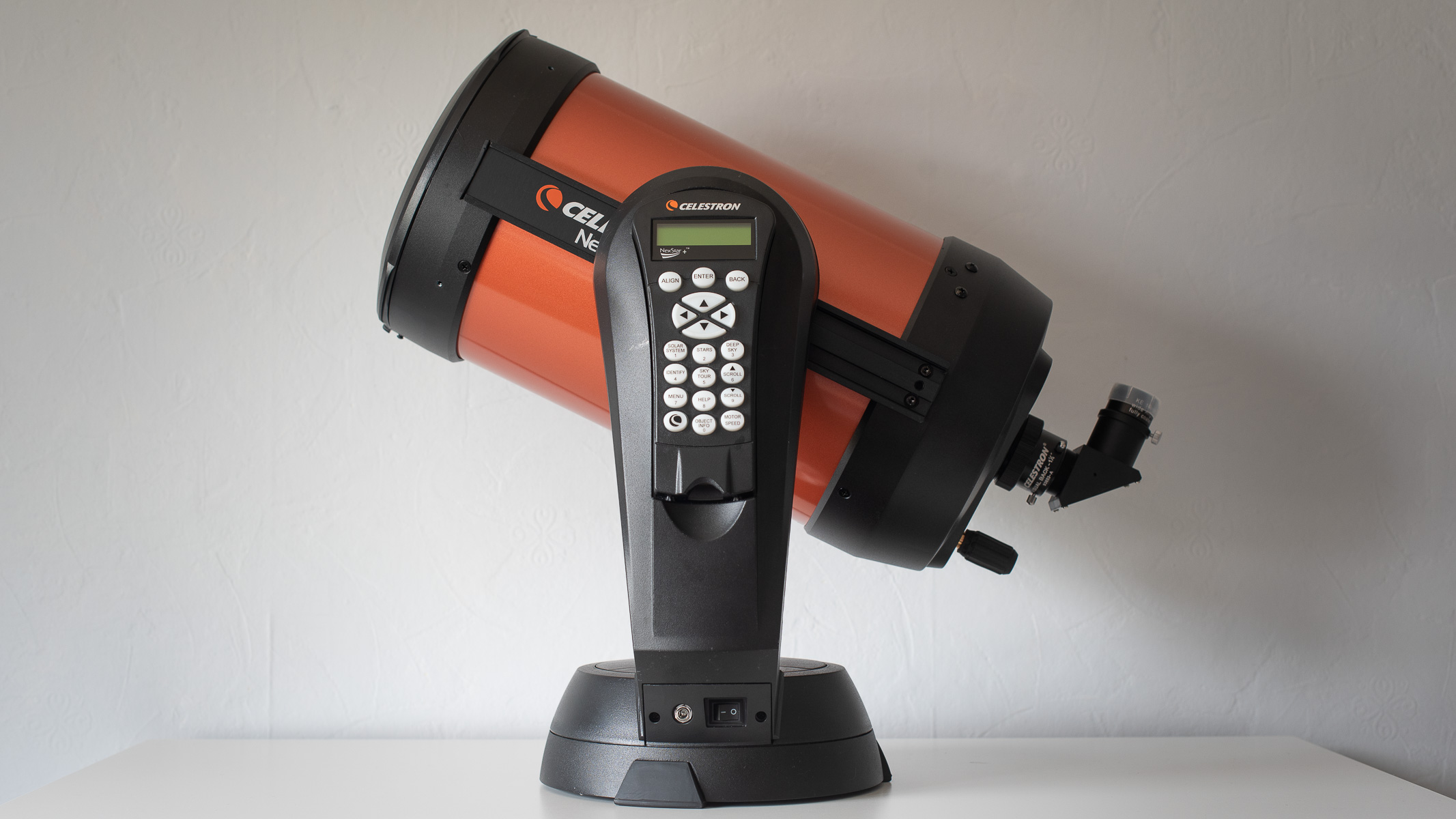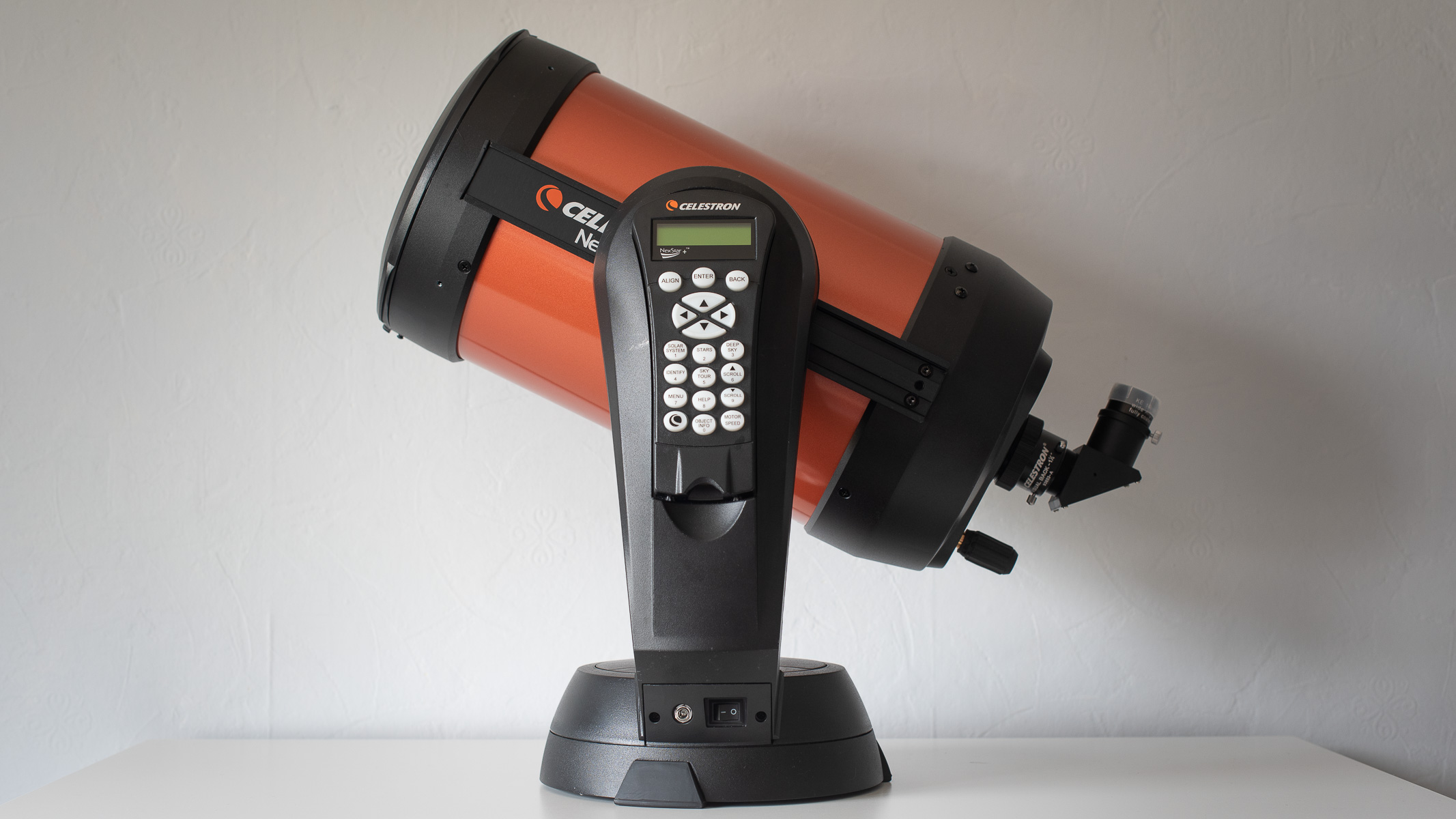Now Reading: See Venus, the moon and fiery star Aldebaran form a dawn triangle this weekend
-
01
See Venus, the moon and fiery star Aldebaran form a dawn triangle this weekend
See Venus, the moon and fiery star Aldebaran form a dawn triangle this weekend

One of the brightest and most colorful stars in the sky and the most brilliant planet are on stage in the early morning dawn sky this weekend and will be joined by the moon on Monday morning. The star in question is Aldebaran, a first-magnitude star that shines with a distinct orange hue and marks the right eye of Taurus, the Bull.
The brilliant planet is, of course, Venus, which outshines Aldebaran by almost five magnitudes or a light ratio difference of almost 100-fold. At this particular moment in time, both star and planet can be seen roughly one-quarter of the way up from the eastern horizon, roughly 45 minutes before sunrise.
Venus, a dazzling morning “star,” rises about an hour prior to the first light of dawn and shines low in the east-northeast as dawn brightens. On Monday morning, you’ll also see a delicately thin (14 percent illuminated) crescent moon hovering approximately 8 degrees above Venus. Your clenched fist held at arm’s length measures roughly 10 degrees in width, so on Monday morning, the slender lunar sliver will appear almost “one fist” above Venus.
In a telescope, Venus is a disappointment: just a tiny, gibbous blob, 72 percent illuminated by the sun. It has shrunk and become more nearly round in recent months as it has swung far around to the back side of the sun as seen from Earth.
TOP TELESCOPE PICK

Want to see Venus, the moon, and Aldebaran together? The Celestron NexStar 8SE is ideal for beginners wanting quality, reliable and quick views of celestial objects. For a more in-depth look at our Celestron NexStar 8SE review.
And situated well to the right of both Venus and the moon will be Aldebaran. The trio will appear to form a broad isosceles triangle with Venus marking the vertex angle, while Aldebaran and the moon form the base of the triangle. It will not be a particularly “tight” array, but still should be attractive enough to catch the attention of early risers.
With the reappearance of Aldebaran, it is also a gentle reminder that while we are not yet at the midpoint of summer, the colder nights of fall and winter will be looming in the months to come. Aldebaran is crossing the meridian at midnight around Thanksgiving … and at around 9 p.m. in mid-January.
Who knows? By then, some of you might be shoveling snow.
So take advantage of this week’s opportunity to see not only an out-of-season winter star, but Venus as well, while they both “flirt” with a waning crescent moon.
Joe Rao serves as an instructor and guest lecturer at New York’s Hayden Planetarium. He writes about astronomy for Natural History magazine, Sky and Telescope and other publications.
Stay Informed With the Latest & Most Important News
-
 012024 in Review: Highlights from NASA in Silicon Valley
012024 in Review: Highlights from NASA in Silicon Valley -
 02Panasonic Leica Summilux DG 15mm f/1.7 ASPH review
02Panasonic Leica Summilux DG 15mm f/1.7 ASPH review -
 03How New NASA, India Earth Satellite NISAR Will See Earth
03How New NASA, India Earth Satellite NISAR Will See Earth -
 04And Thus Begins A New Year For Life On Earth
04And Thus Begins A New Year For Life On Earth -
 05Astronomy Activation Ambassadors: A New Era
05Astronomy Activation Ambassadors: A New Era -
06SpaceX launch surge helps set new global launch record in 2024
-
 07From Polymerization-Enabled Folding and Assembly to Chemical Evolution: Key Processes for Emergence of Functional Polymers in the Origin of Life
07From Polymerization-Enabled Folding and Assembly to Chemical Evolution: Key Processes for Emergence of Functional Polymers in the Origin of Life



















